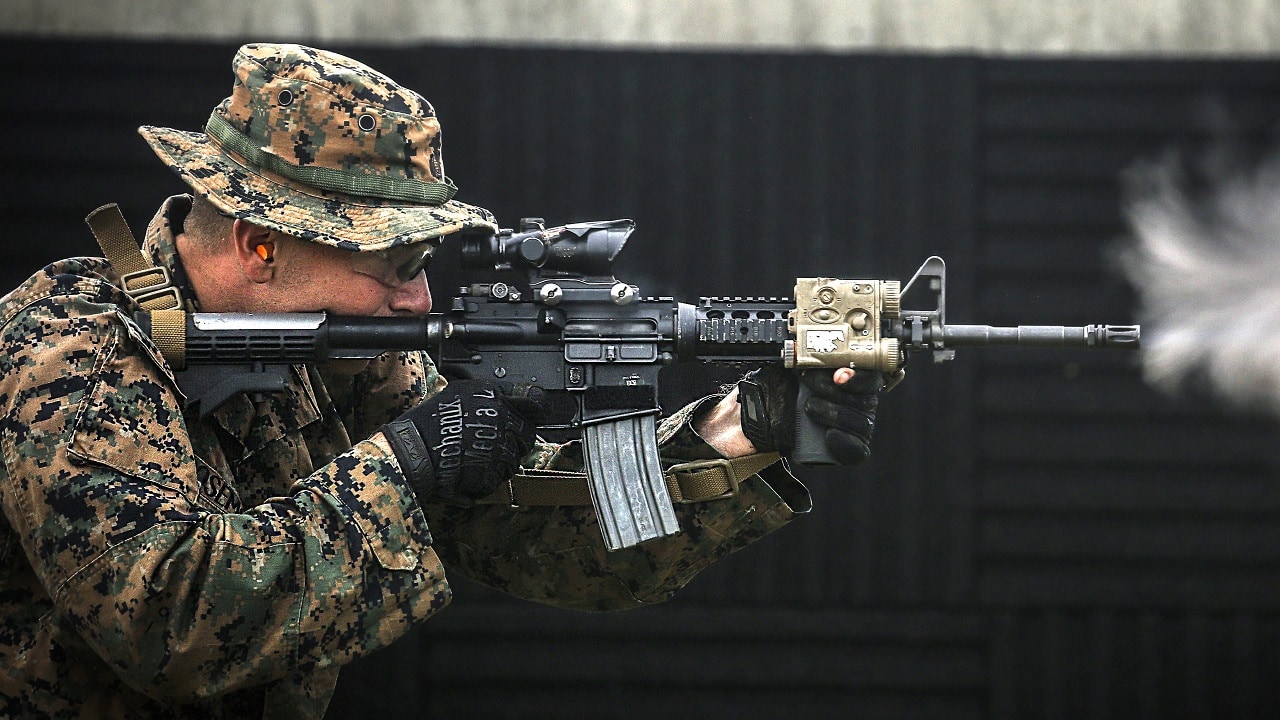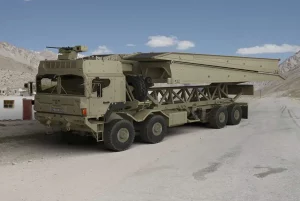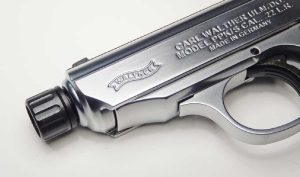The AK-47 may be the most well-known and widely manufactured weapon, but several others have also sold in the millions.

Cpl. Ryan M. Rosemore engages targets during the 3rd Marine Division Annual Squad Competition December 7, 2017, at the Jungle Warfare Training Center in Okinawa, Japan. The squad competition is conducted to test and compare each unit to see which is the fittest for combat. The squads are with 1st Battalion, 8th Marine Regiment; 2nd Battalion, 1st Marine Regiment; 1st Battalion, 3rd Marine Regiment and Combat Assault Battalion. Rosemore, a Aitkin, Minnesota native, is a rifleman assigned to Alpha Company, 1st Battalion, 3rd Marine Regiment. The Hawaii-based battalion is forward deployed to Okinawa, Japan as part of the Unit Deployment Program.
Less than a hundred Russian T-14 Armata MBTs have been constructed to date. In contrast, roughly 840 Lockheed Martin F-35 Lightning IIs have been made despite being among the world’s most popular and proficient fighter jets.
Yet, hundreds of millions of rifles were manufactured throughout the last century, with five models particularly prominent.
Soon after its 1895 debut, the British Army put the Magazine Lee-Enfield rifle to use in battle for the first time during the 1896 Sudan Campaign. The magazine-fed, bolt-action Lee-Metford repeating rifle wasn’t widely used until 1888 when it underwent a revision. The Lee-Enfield was the first British rifle to use “smokeless” ammunition when chambered to fire the new—303 British cartridge.
The Lee-Enfield was improved throughout the succeeding decades, first becoming the Short Magazine Lee-Enfield (SMLE) widely used in the First World War and then being “updated” as the Rifle, No. 4 MkI, in time for the Second World War. One model, used by snipers, was re-chambered in the 1950s to fire 7.62 NATO rounds and renamed the L42A1, and it was in service until the mid-1990s. They use rifle was used as recently as 2015 by the Canadian Rangers, and it is still in use in several regions of the world 125 years after it was first introduced.
There have been almost 17 million Lee Enfields manufactured.
The M16 platform, which began service with the U.S. military more than 50 years ago, will be phased out of use beginning next year when the U.S. military begins introducing the M5 rifle. Eugene Stoner developed the AR-15, an engineer at ArmaLite, saw the shortcomings of his previous design, the AR-10, a select-fire infantry rifle chambered for the 7.62x51mm NATO cartridge. Despite some encouraging early results, the military wasn’t interested at the time.
The United States Air Force officially approved it in 1964, and it was later used as the M16 in the Vietnam War. Despite its shaky start, the AR-15 has slowly progressed over the past six decades to become the perfect weapon for U.S. soldiers, while the civilian version has become one of the best-selling rifles ever.
Almost 20 million AR-15s and M16s have been manufactured thus far.
The Mauser Gewehr 98, the world’s third-most-produced small arm (and possibly the world’s second), is essentially the German equivalent of the British Lee Enfield. It was a significant upgrade over the Gewehr 1888, and its five-round internal clip-load magazine was a particular point of pride. From 1898 to 1935, it served as the regularly issued rifle for the German military.
The improved version, the Karabiner 98K (or Kar98K), was issued to all members of the German Wehrmacht. Although a late entry in Mauser’s line of military rifles, it is a training and backup weapon worldwide. The Mauser G98/K98 was produced in “huge” quantities since it was widely exported and used by militaries across the globe, including those of South America in the early 20th century.
Some say they built 20 million for Germany, and others say 102 million were made for sale.
The Mosin-Nagant rifle was the most user-friendly weapon ever created, making it ideal for a peasant soldier. It was first used by the Imperial Russian Army in 1890, then by both sides during the Russian Civil War, and finally by the Soviet Red Army after modernizing it in 1930.
Much more so than any other small arm, the Mosin-Nagant saw extensive service throughout WWII. Yet, by the war’s conclusion in 1945, the Mosin-Nagant had increased in production despite Soviet efforts to replace the bolt-action rifle with the semi-automatic SVT-40. Even as more advanced rifles entered service during the Cold War, many countries widely used them. Almost 38 million were manufactured. Rifles similar to this one are still used for ceremonial purposes in Russia, despite being distributed to Communist insurgents and Soviet supporters. Mosin-Nagants, it has been reported, are being carried by Russian troops in Ukraine.
The Mosin-Nagant rifle is one of the most widely sold Russian/Soviet items ever, manufactured in the tens of millions.
If Mikhail Kalashnikov is the AK-47’s purported designer (though this author maintains the theory that he had significant assistance), he probably never imagined his work would result in the world’s most popular firearm. But the rifle’s low production cost and dependability under adverse conditions caused it to become a worldwide phenomenon.
As a result of exports to rebel groups and production licenses granted to the Warsaw Pact and other communist, socialist, or client regimes, the total amount of weapons ever made is a mystery. As few as 40 million were made, whereas some estimate as many as 150 million.
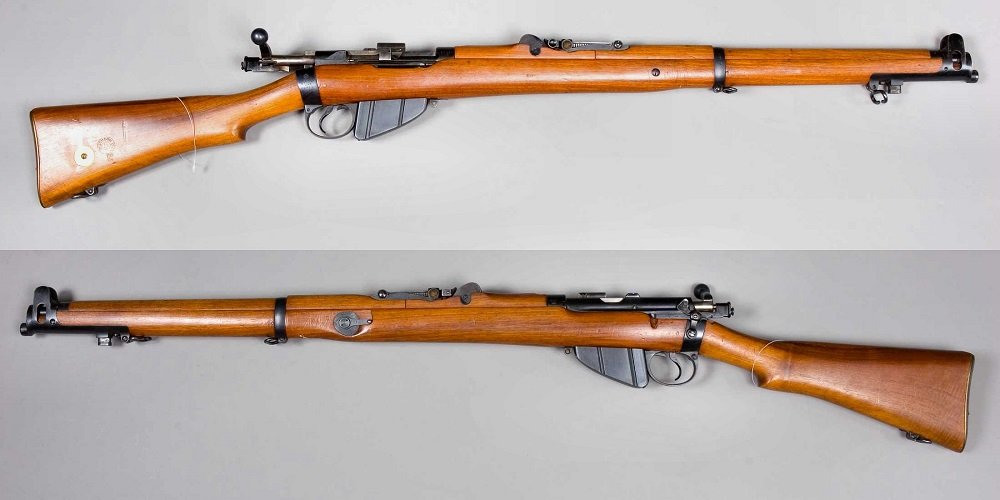
British Short Magazine Lee Enfield. Image: Creative Commons.
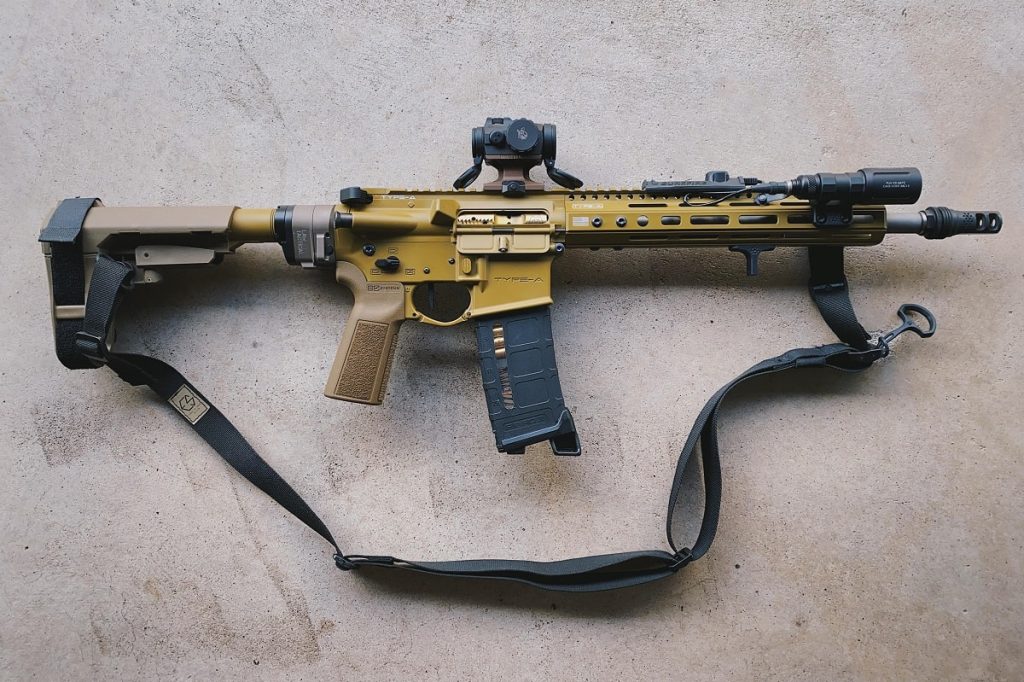
Image Credit: Creative Commons.
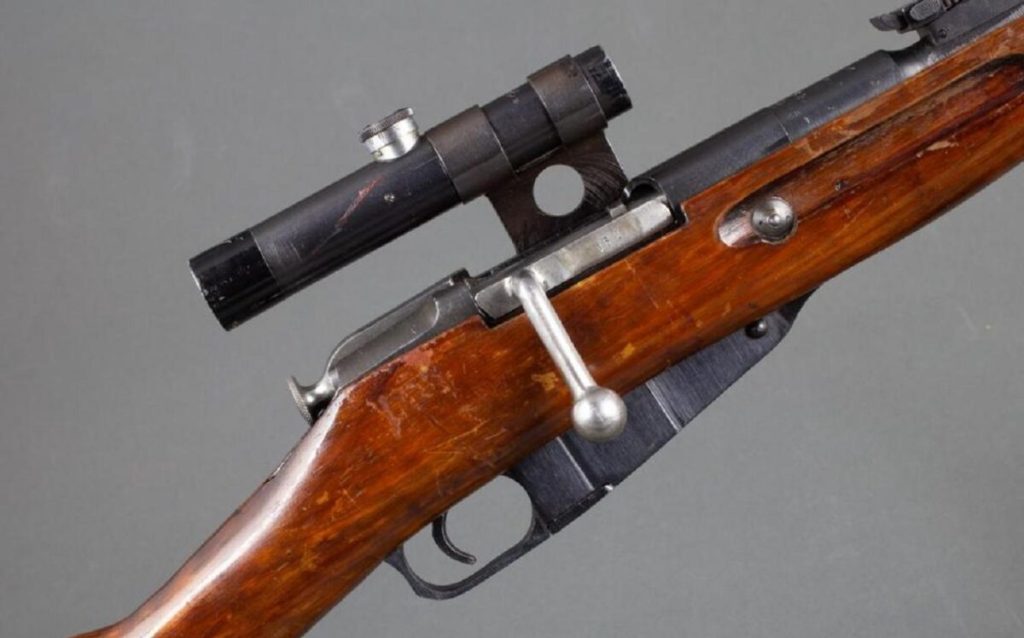
Mosin–Nagant Rifle. Image Credit: Creative Commons.
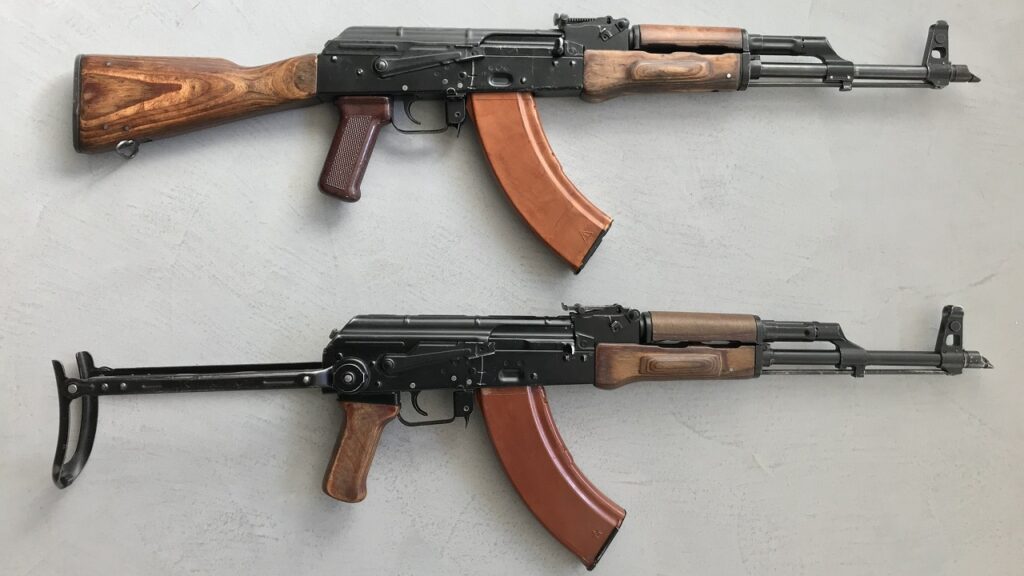
AK-47. Image Credit: Creative Commons.
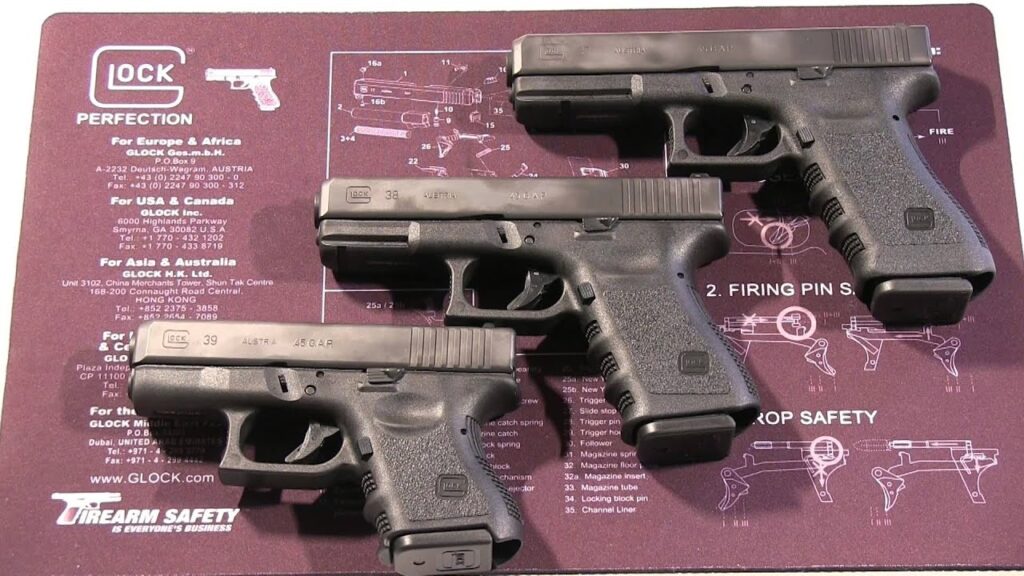
Glock 38. Image Credit: Creative Commons.


